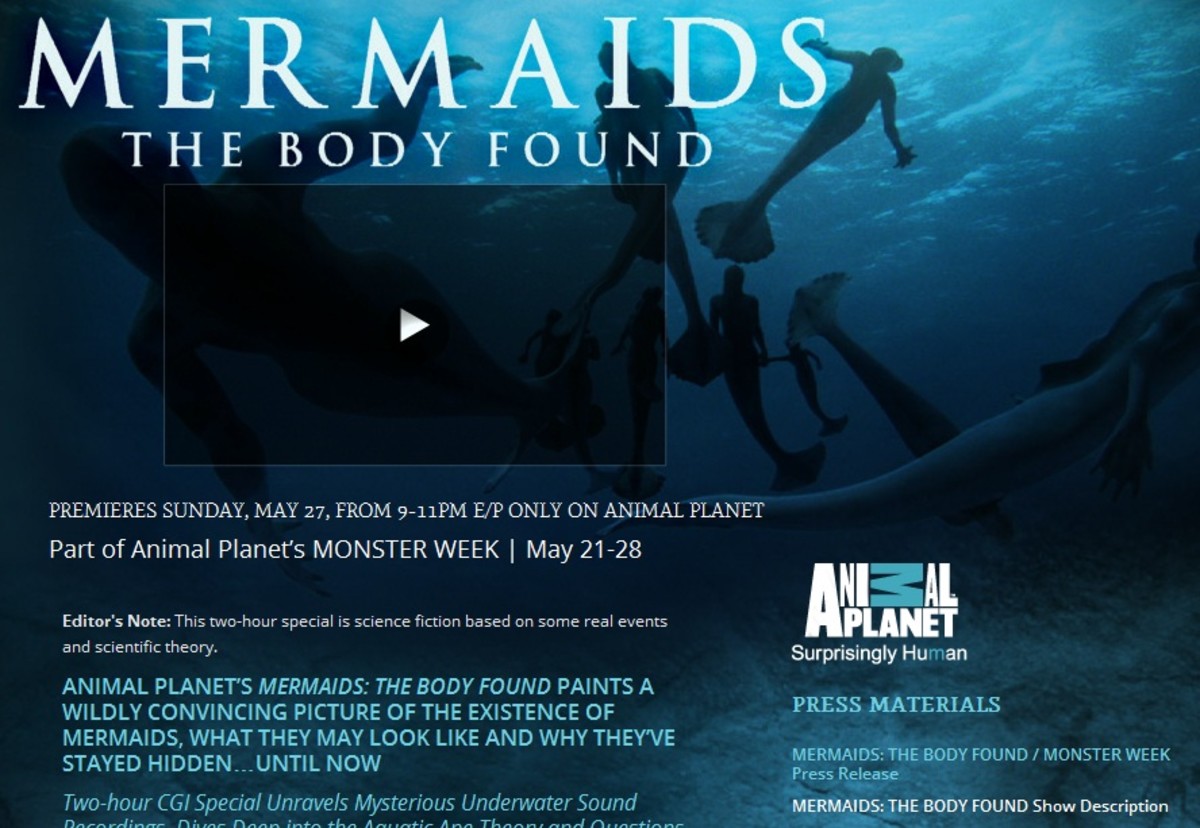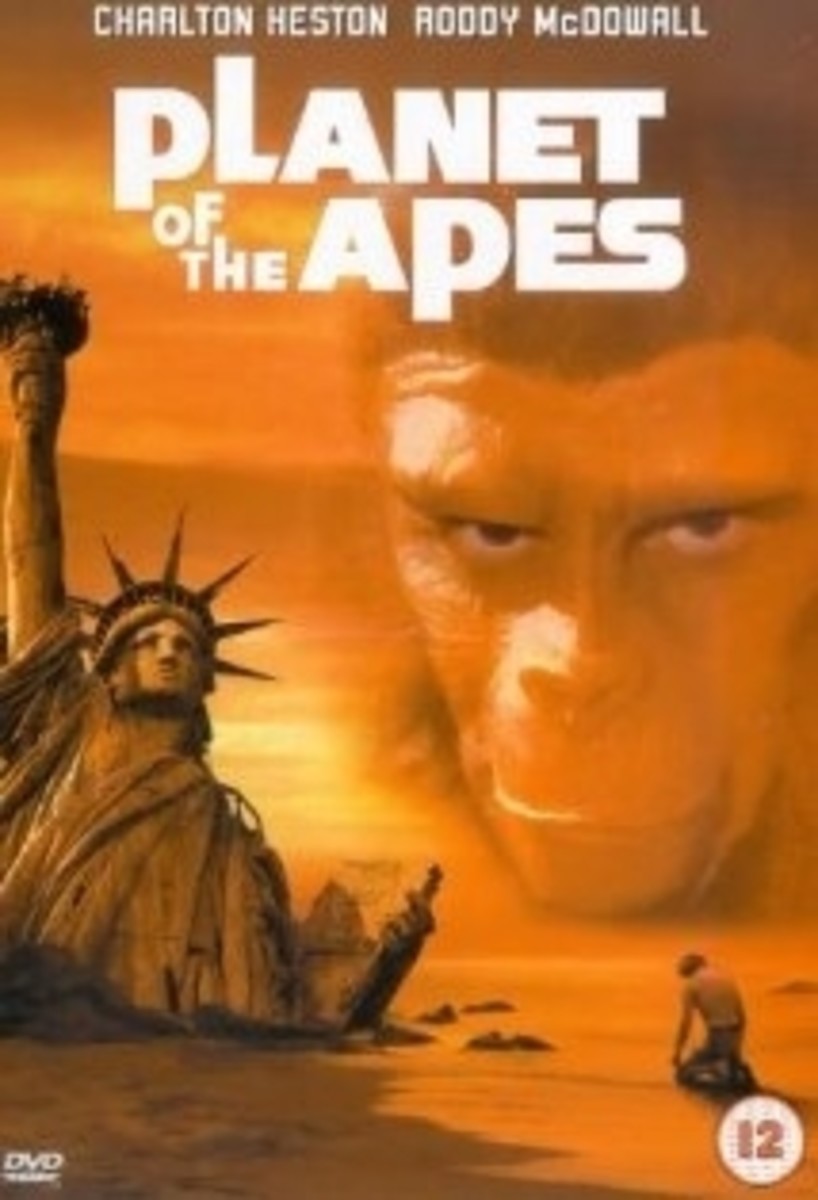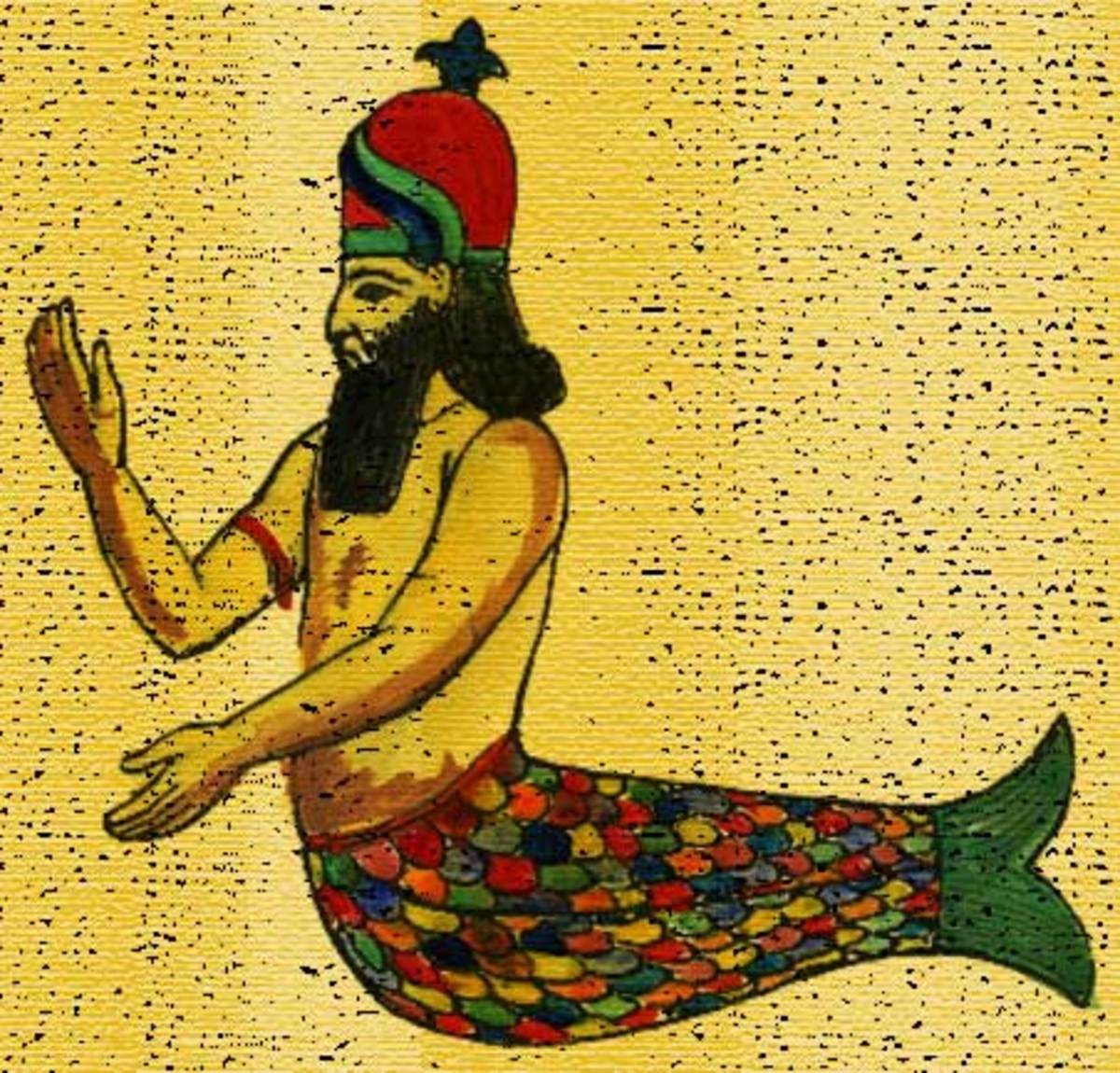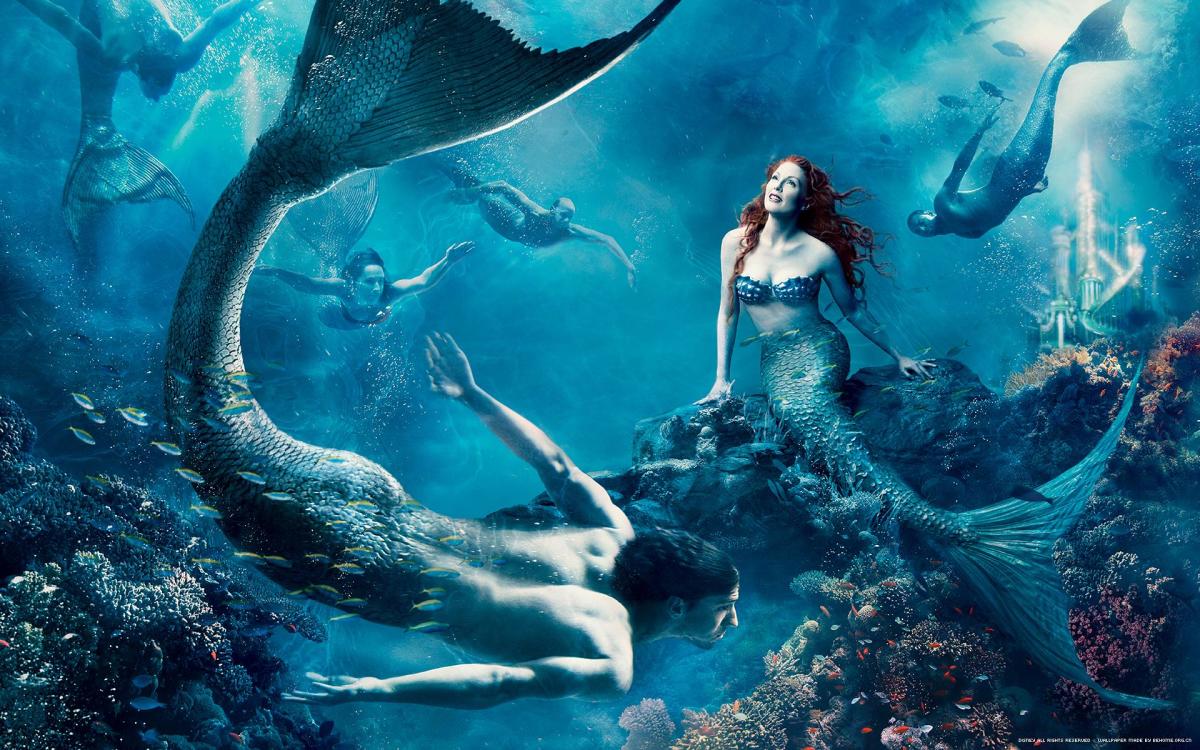Mermaids Are Real: Part Six
The Aquatic Ape Theory
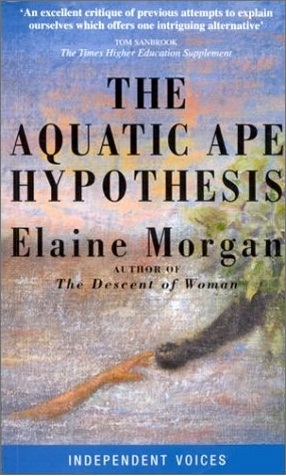
Mermaids And The Aquatic Ape Theory
The mythical mermaid is clearly an aquatic animal and so is a human being if we are to believe the Aquatic Ape Theory
We are told by scientists that we evolved from apes and that we share about 98% of our genes with the Chimpanzee and Bonobo, but the problem is that we don't look like any other Ape. For a start, we are naked apes. All other apes are covered in fur. Also, most apes have arms that are far longer than their legs.
The only exceptions to this are Bonobos who have arms and legs of about equal length and humans, who have legs far longer than their arms. Humans walk on two legs and also have brains about three times the size of any other ape
So why is this? Scientists have tried to explain these differences through the Savannah or Killer Ape theory which suggests that man evolved from the apes by coming down from the trees and living on the African plains. In a forest, most primates protect themselves from predators by climbing the nearest tree but they wouldn't be able to do this on an open plain
So Palaeontologists have theorized that living in the very challenging environment of the Savannah, with predators like lions and hyenas around, man was forced to adapt by walking upright, losing his hair and evolving a larger brain.
The problem with this theory is that another primate, the Baboon, also lives on the Savannah but it hasn't evolved like this at all. A forest Baboon is no different from a Savannah Baboon. In recent years the Savannah theory has largely been disproved but there is another one waiting in the wings, the Aquatic Ape Theory

Sir Alistair Hardy
Back in the early 20th century some marine biologists noticed that there was a great similarity between the blubber of dolphins, seals and whales, and the subcutaneous fat of human beings. They also pointed out that humans, like many other marine mammals, have no hair
So they theorised that in their evolutionary past, humans must have lived in a marine environment. Palaeontologists totally rejected this, and as they were supposed to be the experts on human evolution, their opinions held sway in the scientific community. For this reason the general public were completely unaware of the Aquatic Ape Theory, until 1960, when a marine biologist let it slip in a public meeting.
Sir Alistair Hardy was invited to talk to a sub-aqua club. To make his talk more interesting to his audience he decided to tell them about the aquatic ape theory. What he didn't know was that one of the club members was a newspaper reporter. He wrote down what Hardy had said and sent it to the British Sunday papers. It was reported all over the world
Unfortunately some of the papers got it completely wrong and claimed that Hardy believed humans evolved from dolphins, but at least the theory was out in the world, where it came to the attention of a feminist called Elaine Morgan. In 1971 she published a book called, “The Descent of Woman”, which criticises the Savannah theory because the male scientists who devised it hardly mention women at all. She also asked the question; how did our female ape ancestors survive on the Savannah when burdened by children?

Elaine Morgan
A human infant is one of the most helpless newborns in the animal kingdom. Most land animals can walk or even run within an hour of being born, but a human baby can't even crawl and is totally dependent on its mother to carry it.
For this to have happened it means that human babies must have evolved in very safe conditions. The dangerous open Savannah was certainly not such a place. Elaine Morgan suggested the alternative Aquatic Ape Theory as being a better explanation of how apes evolved into humans
Her ideas were rejected by the scientific community but received support from ordinary people who, like her, didn't believe the Savannah theory. As a result she found herself embroiled in a 40 year war with the scientific establishment to have the Aquatic Ape Theory accepted and it's a war she seems to have won
The Savannah theory has largely been discredited by fossil evidence which demonstrates that our ancestors did not evolve on the African plains. In spite of this, most scientists still don't accept the Aquatic Ape theory, but perhaps that's because it has an image problem. The Savannah theory is a very dramatic story of how an ape with courage and ingenuity survived on the open plains to become a Killer ape and a top predator. In contrast the Aquatic Ape theory describes apes foraging on beaches for food, much less exciting than the Savannah theory of man the mighty hunter.
Swimming Babies
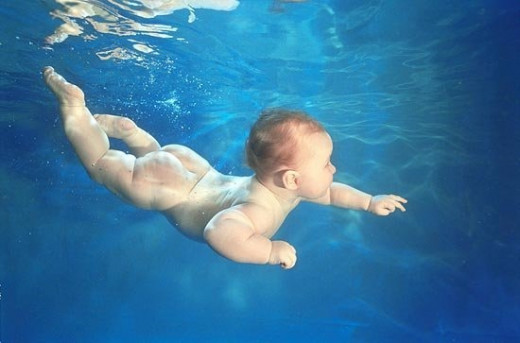
Life On The Beach
So how does the aquatic ape theory work? It agrees with the Savannah theory that our ape ancestors came down from the trees, but instead of living on the plains they inhabited the seashore and river estuaries.
Here they found easy to obtain food like shellfish, seaweed and crustaceans on the beach, or even fish trapped in tidal pools when the tide went out. Breaking open shellfish and crustaceans with rocks or sticks might have been one of our first uses of tools.
The beach was also a safe place from predators; there is no cover on an open beach for large cats to hide behind and stalk their prey. If approached by a predator, the apes could run into the water, and because apes can stand upright, they could wade further, into deeper water, than any predator on four legs. It's true that some predators can swim, but swimming after prey is not the normal behaviour of African land predators.
Swimming Apes
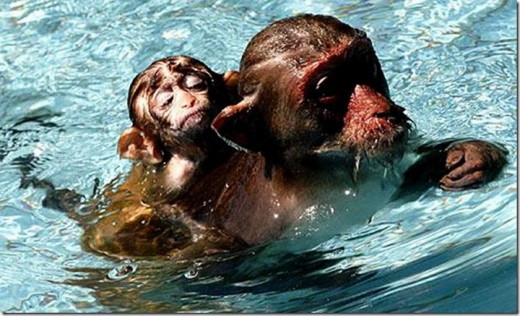
Wading Apes
The apes found themselves a new evolutionary niche, where they could easily obtain food in a reasonably safe environment.
Because of this, there would be population growth and with an increasing population, the food lying on the beach would not be enough. As a result, they were forced to wade in the shallows to find more food.
Others moved away from the calm waters of the river estuaries to search for food in the rough waters of ocean beaches. Here they would have to contend with large breaking waves when foraging, something that would teach them to swim better. As the population continued to grow, these apes tried to gather food even further out to sea, ducking their heads below the water. Over time, they learned breath control so they could dive to greater depths. Conscious breath control was also an important factor in humans learning how to speak.
With these apes wading for most of the time, foraging in the water, they would become used to standing upright and in the end stay this way while on land. They would find this an advantage, since they could carry their catch to their families in their hands and mothers could carry babies in their arms. Primate fur is virtually useless in keeping an ape warm when it's soaking wet and so it would no longer be of any use. It began to disappear. Evolution also gave an advantage to fatter apes whose fat kept them warm in the water. Eventually the apes lost most of their fur and gained subcutaneous fat, which allowed them to thrive in their new environment
My Mermaid Book/Blog
- Mermaids are real!
My Book/blog on my mermaid theory has now over a million hits!
A Dolphin's Brain Compared To A Human Brain
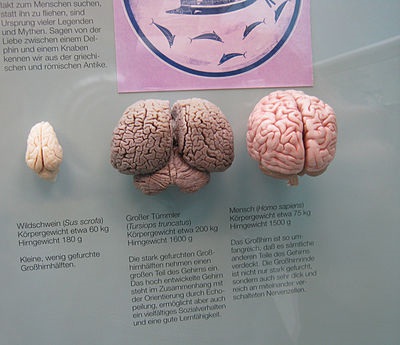
Brain Food
Marine Biologists have pointed out that the largest brains on the planet are in marine animals, like dolphins and whales. The killer whale or orca has a brain five times the size of a human. Why is it that marine mammals have far larger brains than land animals?
It seems this has to do with fat and trace elements. Sixty percent of the brain is fat. The food needed to create large brains contains omega-3 fatty acids and iodine. Without this vital brain food it is impossible for the body to grow a large brain.
The marine environment has an abundance of these vital nutrients but they are in short supply on land. Iodine is a trace element that is vital for brain development, but there are many parts of the world where it’s not present in the soil. However, it is abundant in seawater, so the food richest in iodine is seafood. This could explain why humans have developed far larger brains than any other ape. Their diet was ideal for such growth.
The lifestyle of the Ama and Heanyo divers, the Sea People of Southeast Asia as well as the Mermaids of Europe and other parts of the world may reflect that of our earliest ancestors, going back not thousands but millions of years to the time when we were still apes.. Our recent history has been written from the point of view of land people and the sea people have been edited out of that history. One such history concerns the Ladies of the Lake in Arthurian stories. We will discuss them in our next hubpage. Mermaids-Are-Real-Part-Seven
David Attenborough on the Aquatic Ape Hypothesis
The Aquatic Ape theory is mentioned in the fake Animal Planet Mermaid documentary
- Mermaids : Videos : Animal Planet
Watch videos from Mermaids: The Body Found, a story that blends real-life events and phenomena with first-hand accounts from a team of scientists.
Text available on EPUB
- The Origins of the Mermaid Myth by William Bond (eBook) - Lulu
Buy The Origins of the Mermaid Myth by William Bond (eBook) online at Lulu. Visit the Lulu Marketplace for product details, ratings, and reviews.
This book is also available in print
Book by Elaine Morgan
© 2011 William Bond


